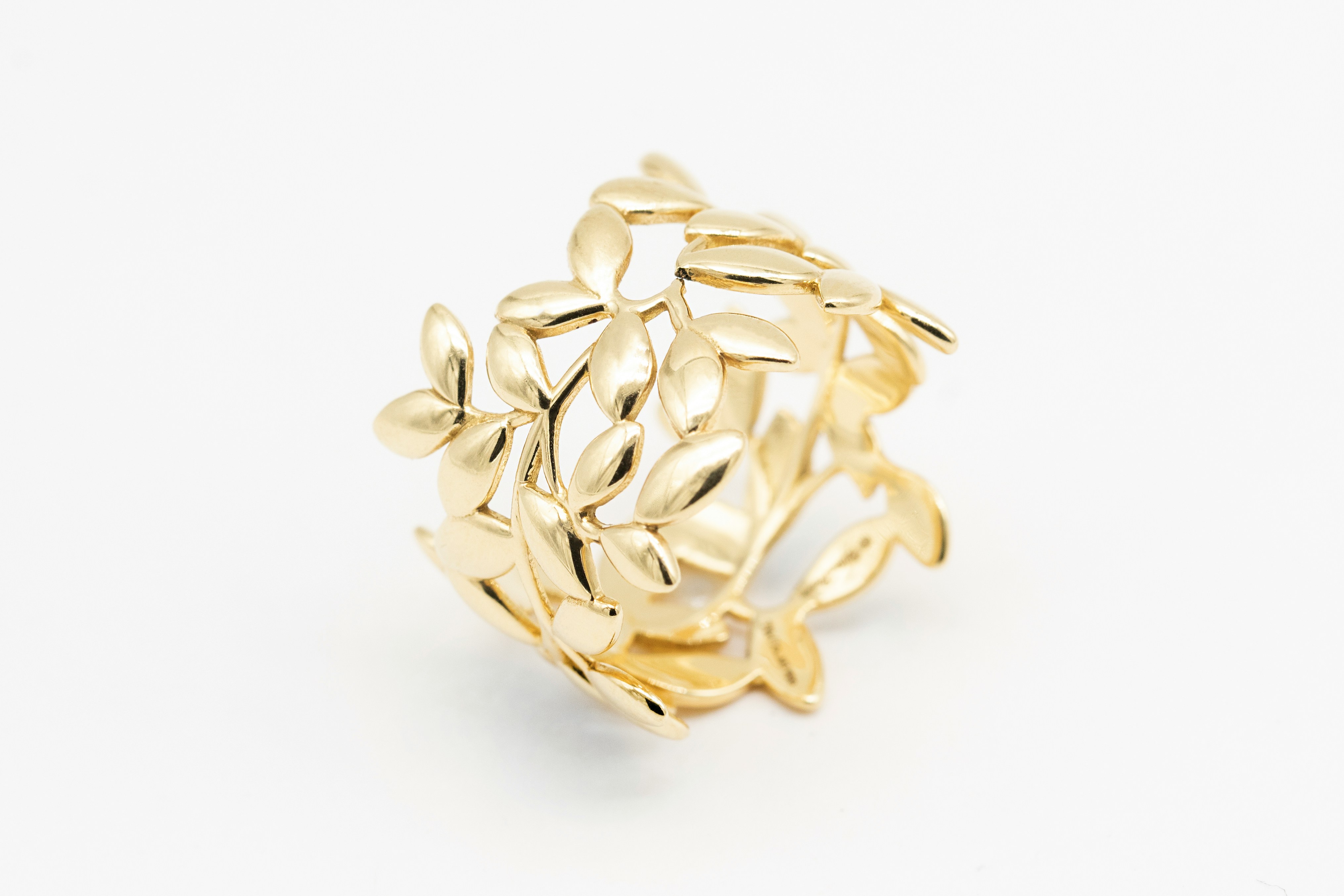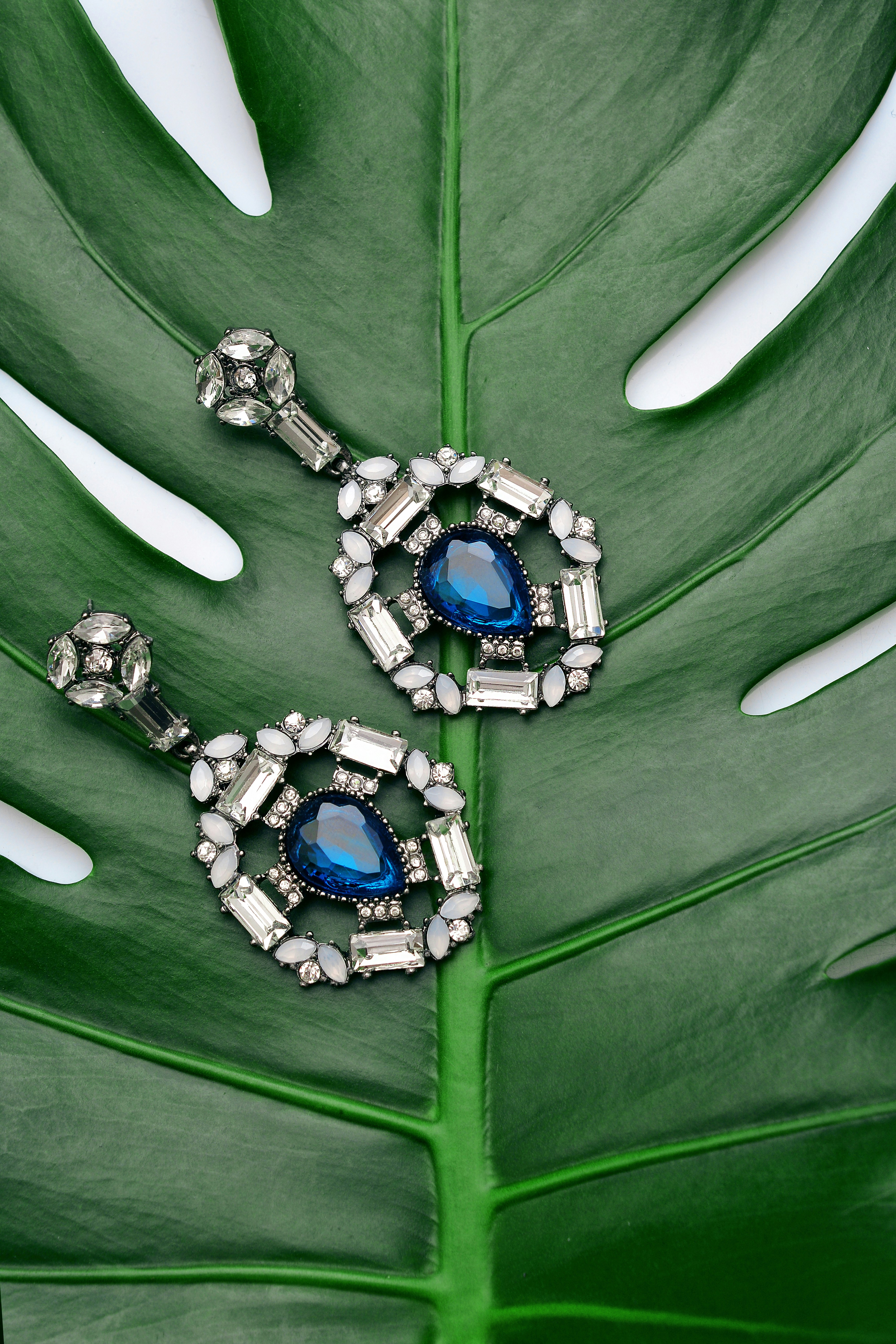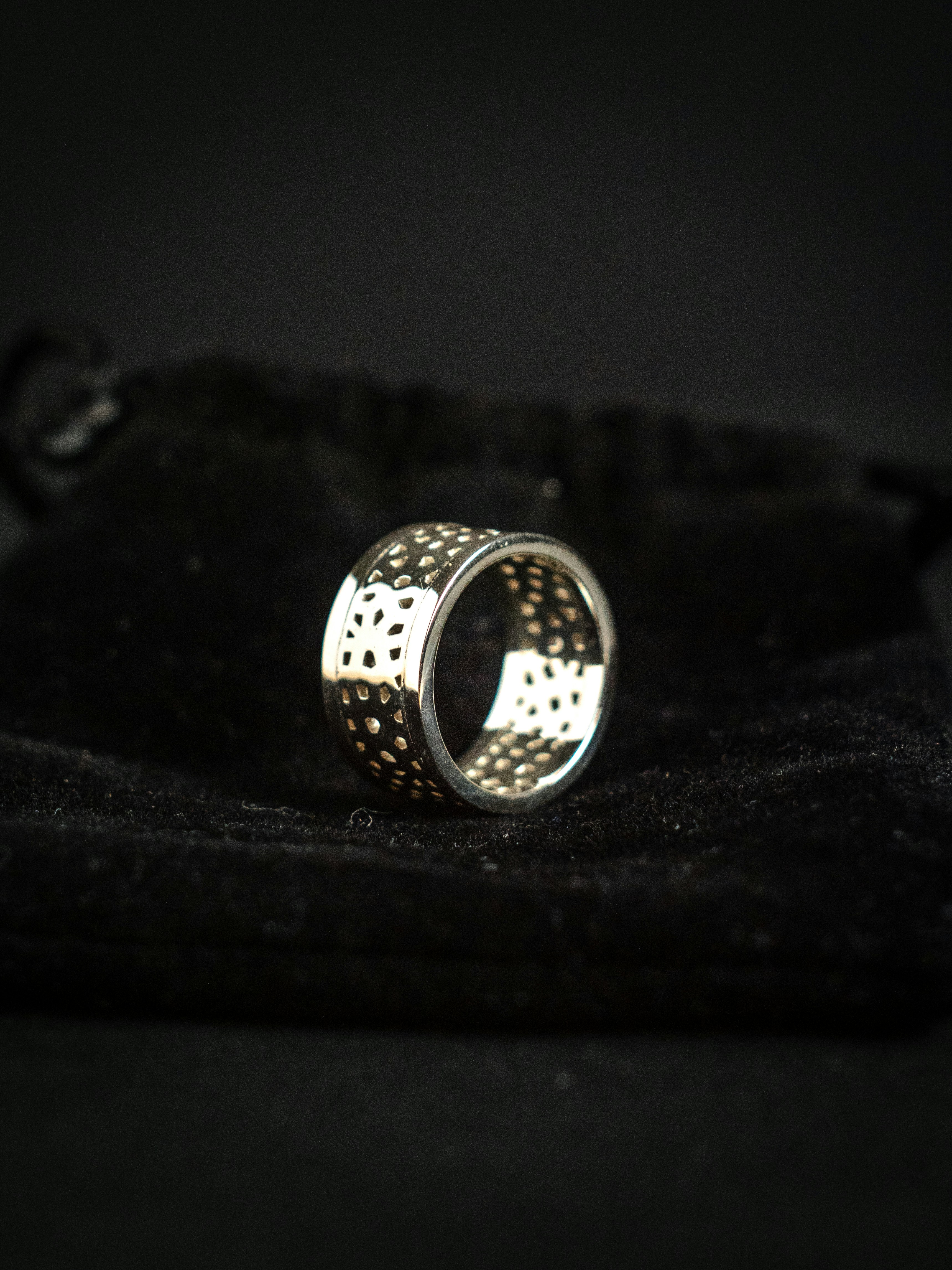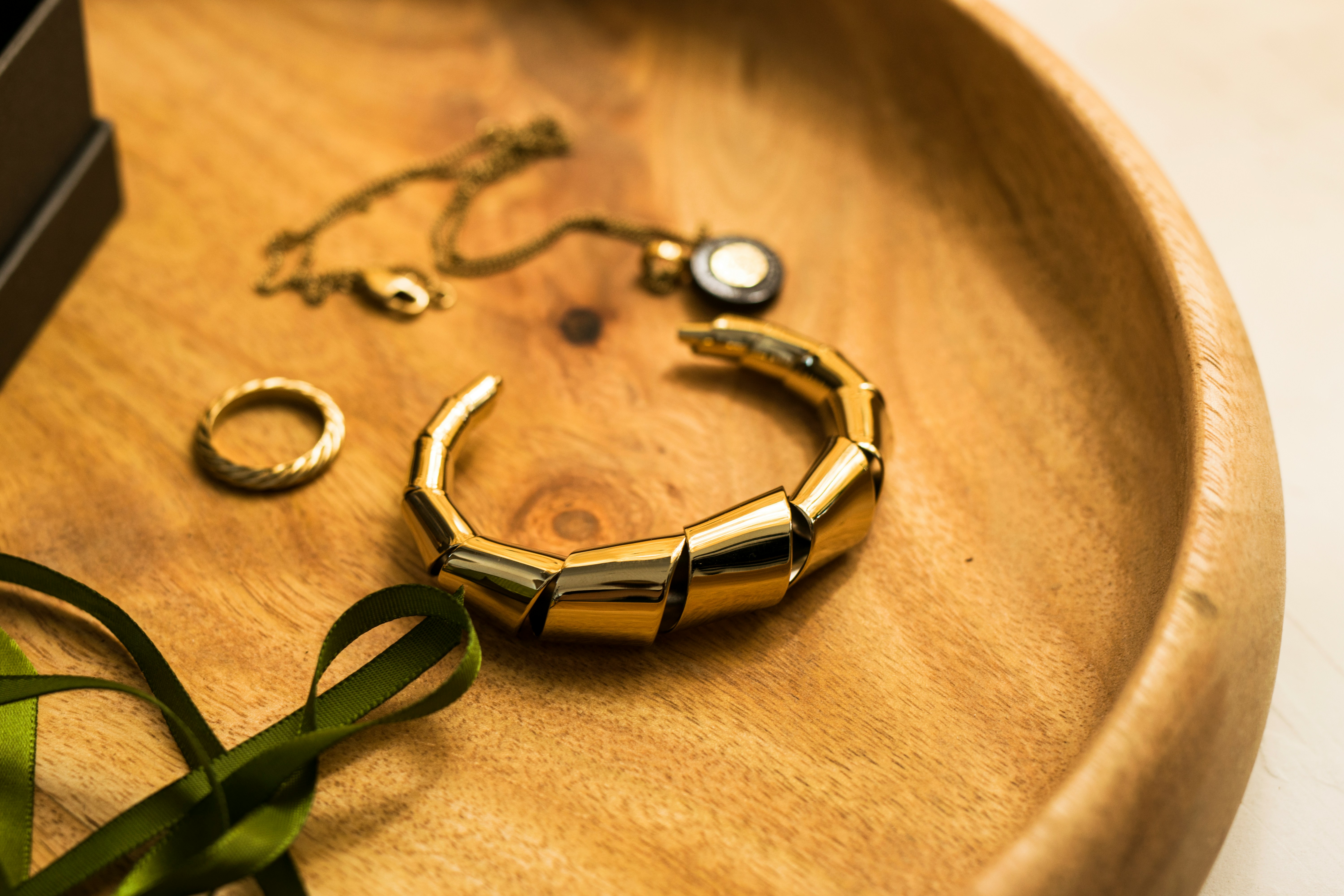Miriam Haskell Costume Jewelry A Buying Guide
Alexander Kellerson

Introduction to Miriam Haskell Costume Jewelry
Miriam Haskell costume jewelry is renowned for its intricate designs and high-quality craftsmanship. Founded in 1926, the brand quickly became a favorite among fashion enthusiasts and collectors alike. This guide will help you navigate the world of Miriam Haskell jewelry, whether you're a seasoned collector or a new enthusiast.
Understanding the history, materials, and identifying features of Miriam Haskell pieces can enhance your appreciation and knowledge. With this guide, you'll learn how to spot authentic pieces, care for them, and even invest wisely.
History and Legacy of Miriam Haskell
Miriam Haskell founded her jewelry company in 1926, creating unique designs that captured the attention of fashion icons and the general public. Her partnership with designer Frank Hess led to the production of some of the most intricate and celebrated costume jewelry of the 20th century.
The legacy of Miriam Haskell jewelry is marked by its use of high-quality materials and meticulous craftsmanship. Each piece reflects a dedication to artistry and detail, making Haskell's work highly collectible and revered.
Identifying Authentic Miriam Haskell Pieces
Authentic Miriam Haskell pieces often feature hand-wired construction, high-quality materials, and the signature Miriam Haskell mark. These characteristics are key indicators of authenticity and craftsmanship.
Look for intricate beadwork, floral motifs, and the use of baroque pearls, which are hallmarks of Haskell's designs. Familiarizing yourself with these elements can help you distinguish genuine pieces from imitations.
Popular Collections and Designs
Miriam Haskell's collections are diverse, with some of the most popular designs featuring floral motifs, baroque pearls, and elaborate beadwork. These designs are not only beautiful but also showcase the unique artistic vision of Miriam Haskell.
Some standout collections include the floral-themed pieces, which are highly detailed and often incorporate a variety of materials. Each collection reflects the era's style and the designer's innovative approach.
Materials and Craftsmanship
Miriam Haskell jewelry is known for its exceptional materials, including glass beads, faux pearls, and gold-tone metals. The craftsmanship involved in creating these pieces is meticulous, often involving hand-wiring and intricate assembly.
The use of high-quality materials and attention to detail are what set Miriam Haskell jewelry apart from other costume jewelry. This commitment to quality ensures that each piece is not only beautiful but also durable.
Evaluating Condition and Value
When buying vintage Miriam Haskell jewelry, it's essential to evaluate the condition and value. Look for signs of wear, repairs, and the overall quality of the piece. Pieces in excellent condition are more valuable and desirable.
Understanding the market value of different designs and collections can help you make informed decisions. Rarity, condition, and provenance all play a role in determining the value of Miriam Haskell jewelry.
Where to Buy Miriam Haskell Jewelry
Miriam Haskell jewelry can be found in various places, including online marketplaces, antique shops, and specialized auctions. Each source has its pros and cons, and it's important to buy from reputable sellers to ensure authenticity.
Online marketplaces like eBay and Etsy offer a wide range of pieces, but require careful scrutiny. Antique shops and specialized auctions often provide verified pieces, making them reliable options for serious collectors.
Caring for Your Miriam Haskell Jewelry
Proper care can significantly extend the life of your Miriam Haskell pieces. To maintain their beauty, clean your jewelry with a soft cloth and store it in a dry, safe place. Avoid exposure to water and harsh chemicals.
Regular maintenance, such as checking for loose beads or components, can prevent damage. By taking these steps, you can preserve the intricate details and craftsmanship of your Miriam Haskell jewelry.
Investing in Miriam Haskell Jewelry
Miriam Haskell jewelry can be a valuable investment. The brand's historical significance, combined with the high quality and beauty of the pieces, makes them highly desirable among collectors.
When investing, consider the rarity, condition, and provenance of the pieces. Well-maintained and rare designs tend to appreciate in value, making them a worthwhile addition to any collection.
Spotting Fakes and Reproductions
The popularity of Miriam Haskell jewelry has unfortunately led to many fakes and reproductions. Authentic pieces are characterized by their high-quality materials and craftsmanship, along with the signature Miriam Haskell mark.
Educating yourself on the distinguishing features of genuine Haskell pieces can help you avoid fakes. Be wary of deals that seem too good to be true and always buy from reputable sources.
Conclusion: Why Choose Miriam Haskell
Miriam Haskell jewelry offers a unique blend of beauty, history, and craftsmanship. Collectors and fashion enthusiasts continue to cherish these timeless pieces for their intricate designs and enduring quality.
Choosing Miriam Haskell means investing in a piece of history, crafted with unparalleled attention to detail. Whether you're a new collector or a seasoned enthusiast, Miriam Haskell jewelry is a worthy addition to any collection.





